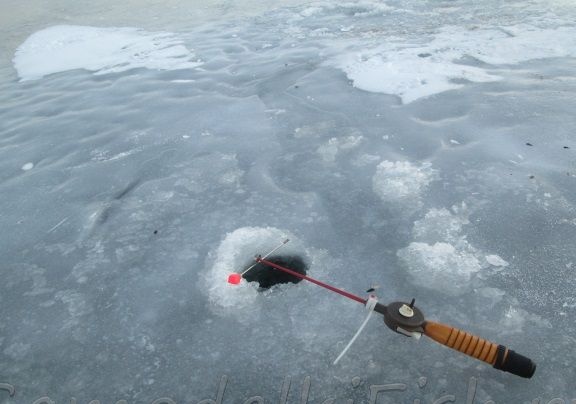
Winter is approaching and for many fishermen this means the opening of the ice fishing season. In this case, you need a good nod, especially when it comes to catching crucian carp. The fact is that in winter crucian carp is rather sluggish and its bites are almost invisible. They can appear in a short instant nod, which the fisherman may not notice, in addition, crucian carp often raise a nod, which is also difficult to see. Thanks to the inertia of the nod, you will immediately see that the fish has taken the bait.
Materials and tools for homemade:
From materials:
- a spoke from an umbrella or an even piece of steel wire;
- a small bearing (suitable from a fishing reel or hard drive);
- a piece of a high voltage ignition cable;
- cambric;
- sliding sinker;
- waterproof glue;
- fluorescent varnish.

From the tools:
- stationery knife;
- soldering iron with all accessories;
- awl;
- pliers.
Nodding process:
Step one. We prepare the components
First of all, take the bearing, we need to prepare it so that it can be easily put on the tip of a winter fishing rod. To do this, you will need a piece of thick cambric, which can be obtained from a high-voltage automobile ignition cable. Cut off the desired piece and insert into the core of the bearing. For reliability, gum can be coated with glue.
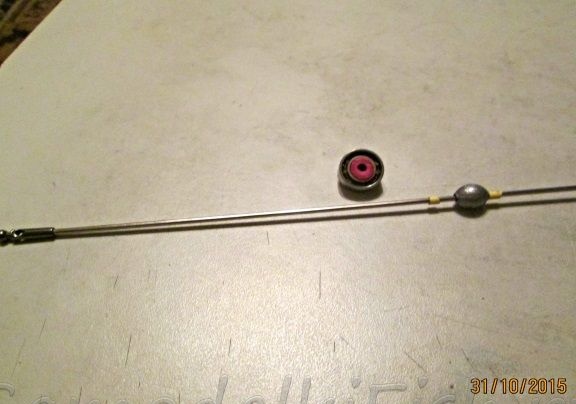
Next, we take a knitting needle and a moving sinker. We adjust the hole in the sliding sinker so that the sinker freely slides along the spoke. Also on the knitting needle you need to wear two pieces of cambric, one in the front of the sinker and one in the back.
Step Two Making a beacon
In order for the nod to be clearly visible at a great distance, you need to make a beacon for it. Here you need a small piece of foam or foam for packaging. Having cut off the desired piece, we have to paint it. To do this, the author puts a piece on the awl and then paints it with bright fluorescent paint.
As for the sizes, the author has a 1 cm wide cube. If you wish, you can make the beacon round, triangular and so on.
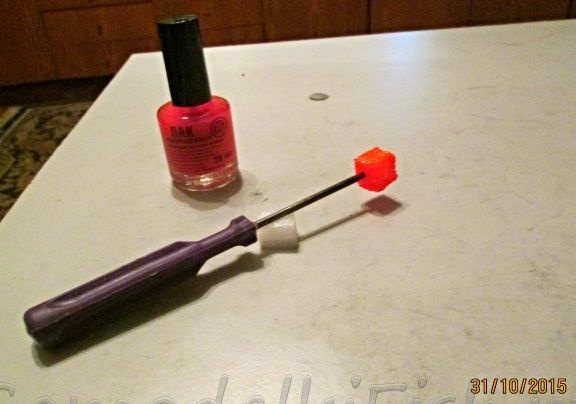
Step Three Glue construction
At this point, you need to stick the spoke to the bearing. Here you need a good waterproof glue, the author uses glue based on cyanoacrylate, but hot glue is also great. Glue the needle so that a lever is formed. The idea is that the small weight on the short lever balances the long heavy part.
Now it remains to fix the beacon on the lever, it is installed on the short part of the lever.
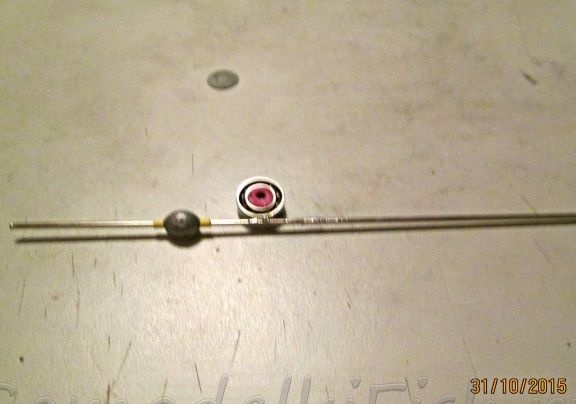
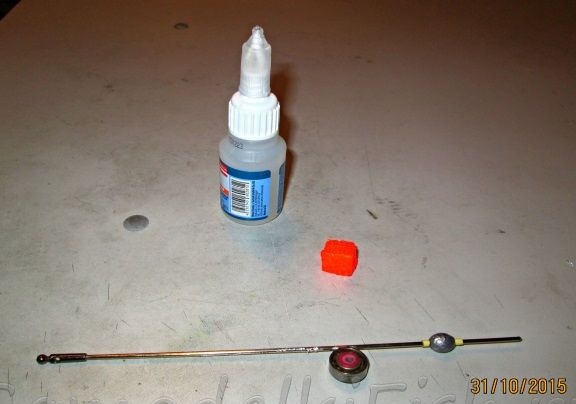
That's all, set a nod to the bait. The task will be to adjust the nod so that it is in a horizontal position. Weights are fixed by cambrices, so by moving them we set the position of the weight relative to the center.
You will also need to glue the cambric to the rod and to the bearing, the line will pass through them.
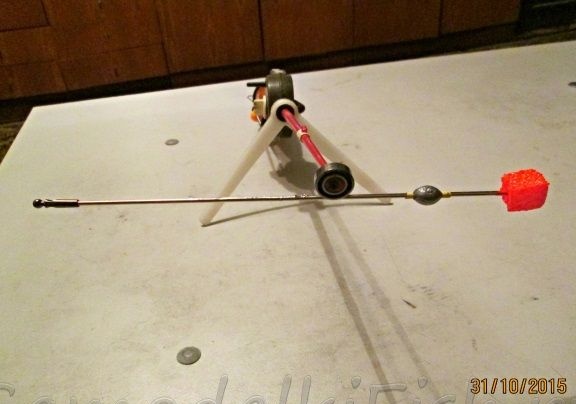
How does it work
First, we draw the line through the cambric, and then through the ring at the end of the knitting needle. Having hooked, bait and everything you need, you need to balance the nod, as tackles create extra weight. We move the sinker forward / backward and select the horizontal position of the nod. That's all, we are waiting for the first bite!
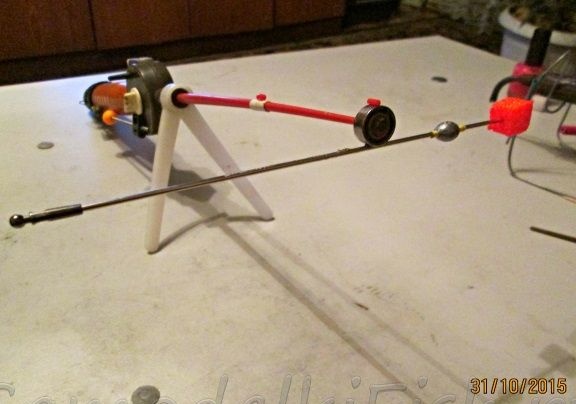
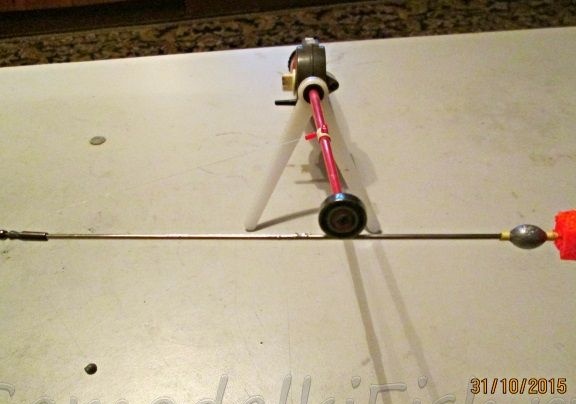
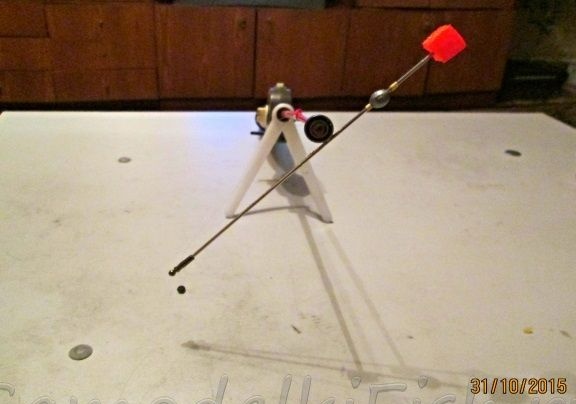
Now about the bites. Suppose a crucian swims up to the bait and makes even the lightest push down. As a result, the long lever goes down and the beacon goes up.

If the crucian raises the bait, the long part of the lever becomes easier short with a sinker and rises up. As a result, the beacon will be below us.
That's all, the nod is completely ready. With it, you can catch crucian rotans and other fish, which is distinguished by its caution and slowness.
Of the advantages of this design, it can be distinguished that the lighthouses are pretty far visible, which cannot be said about ordinary fishing rods. The disadvantages include the complexity of manufacturing, the complexity of the settings, as well as the problem of cutting. You need to hook up with a long wave of your hand in order to compensate for the course of the lever.
Good luck and big catches!
